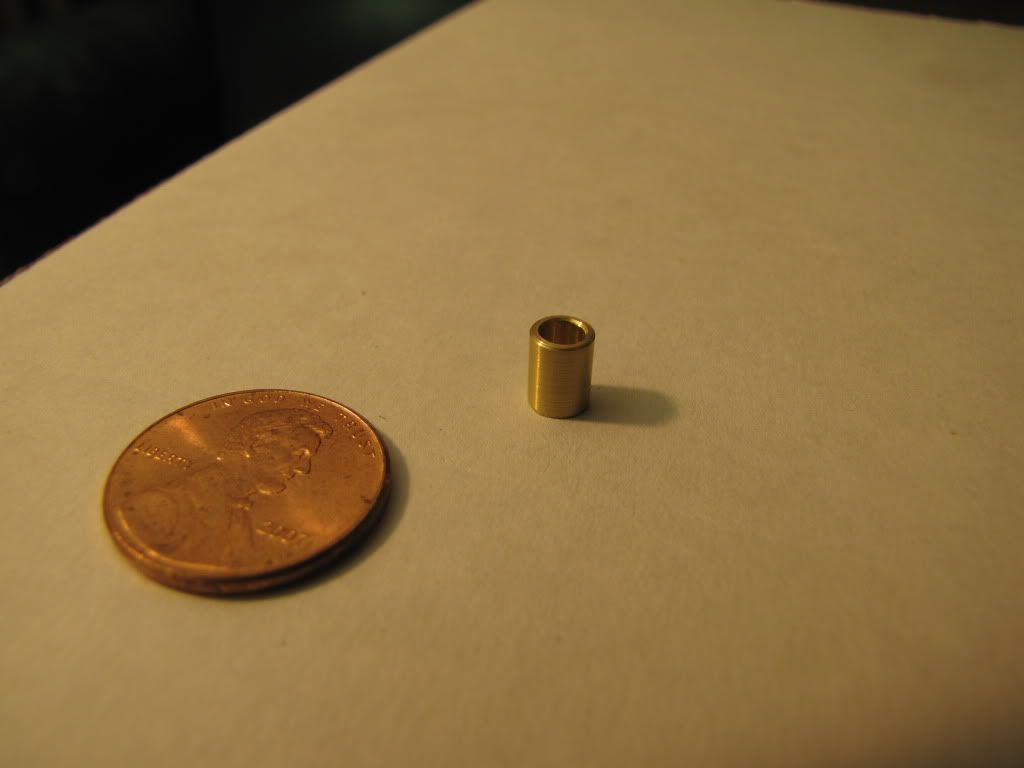When I was learning to become a programmer...I learned how to use the tools to make a good program...then I learned how to make tools to make a better program. It just seems like a similar situation here. Let me learn how to use the tools...with that experience I'll know how a tool looks, works, feels like....then I can make tools. I'll get there.
This is very true Zee - I share your sentiments 100%. If I may comment though...
My view is that you can only truly get the best out of your tools (or anything you do) if you get the basic principles down pat. And just as important is to keep an open mind as to what you are doing, and how you are doing it, and what you are aiming at. Add to this a bit of creativity and you are unlimited in what you can do. Yes, you will make mistakes, but we all learn from our mistakes - more so than from getting something right on the first try.
Sometimes, going by the book works, but, like Marv said
The advice you get from "The Book" or your mentor may not always be the best way to get the job done. You (all) need to learn what latitude you have to safely depart from the suggested solution (and what other problems may be induced by doing so).
Some experimentation is required - your so-called "wall of shame" is actually your "wall of learning" - every bit is experience earned, and no amount of money can buy experience!
I'm learning in parallel with you - I've "cheated" on the original build instructions on the 2 engines I finished so far - out of necessity, but the experience gained building them are priceless, and I think the "cheats" were worth-while.
Many of the most beautiful engines built by other members on this site were done without plans or guidance - they explored new frontiers, designed and built new engines, and shared them for others to copy and build. Who wrote the C programming language for others to use? What prompted Blaize Pascal to build the "Difference Engine"? It's all back to basics - do what YOU think is best, if it works, GREAT, if it fails, RETRY in another way and use the "pioneering spirit"!
Please accept my sincere apologies if this drivel is out of place and adds no value :-\.
Regards, Arnold





